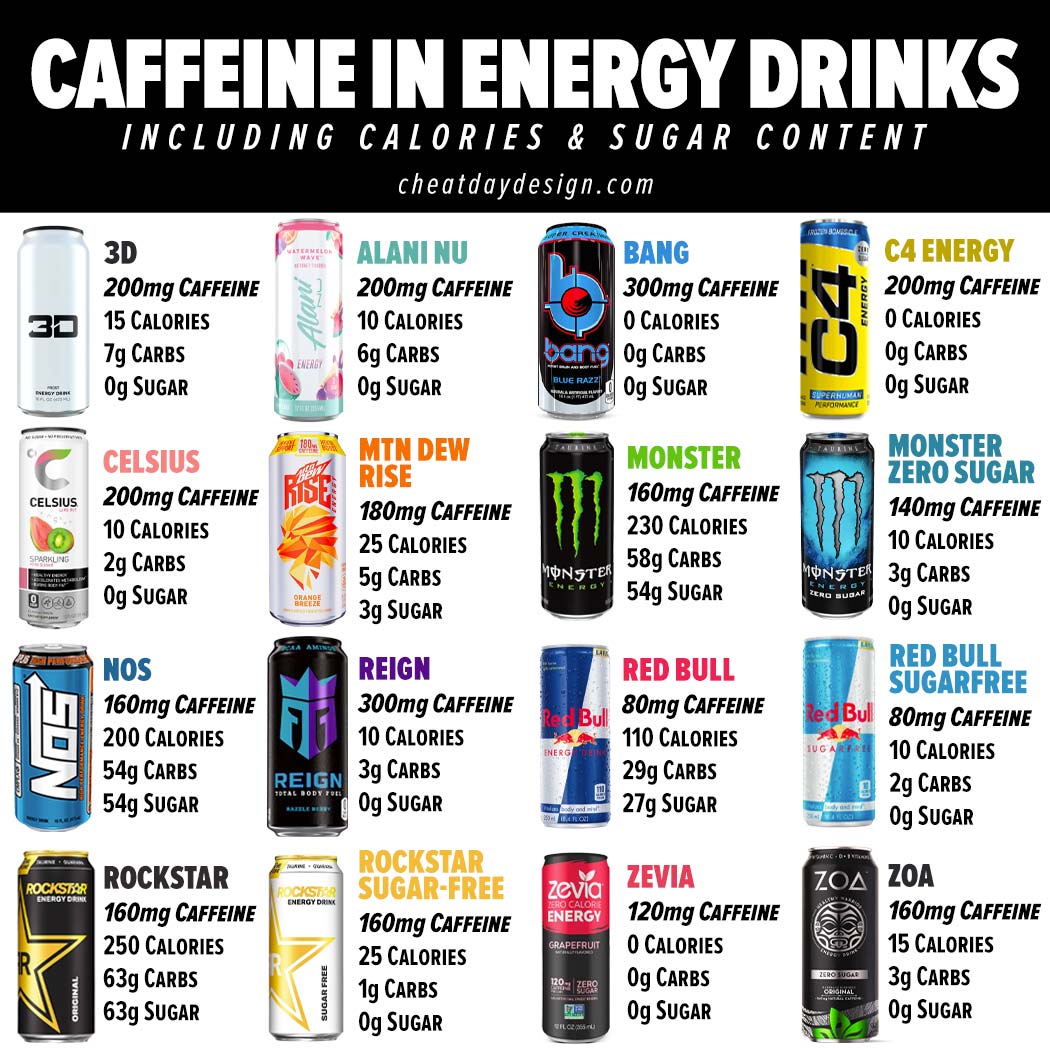
Coffee began to be popular in Europe in the 17th century. The origins of the words reflect the spread of coffee into Europe via Arabia and Turkey from northeast Africa, where coffee trees were cultivated in the sixth century. The words caffeine and coffee are both derived from the Arabic word qahweh (pronounced “kahveh” in Turkish). Because some of the caffeine in energy drinks may come from plant ingredients, such as yerba mate (Ilex paraguariensis) and guarana (Paullinia cupana), caffeine may not be listed on the label. In Canada, manufacturers of products that contain naturally occurring caffeine are not required by law to list caffeine as an ingredient on the label. To find out the amount of caffeine in headache and cold medicines, check the label of over-the-counter medication, or ask your pharmacist about caffeine in prescription drugs. can of regular cola soft drink containing caffeine (355 ml): 36–50 mg.cup of decaffeinated coffee: about 3 mg.Keep in mind that coffee and tea are often served in much larger cups.) (A cup refers to a small take-out cup size of 237 mL. The following are typical amounts of caffeine in products you may use regularly. Energy drinks may contain both naturally occurring and added caffeine. Caffeine occurs naturally in products such as coffee, tea, chocolate and cola soft drinks, and is added to a variety of prescription and over-the-counter medications, including cough, cold and pain remedies.

Caffeine is the world’s most popular drug.


 0 kommentar(er)
0 kommentar(er)
